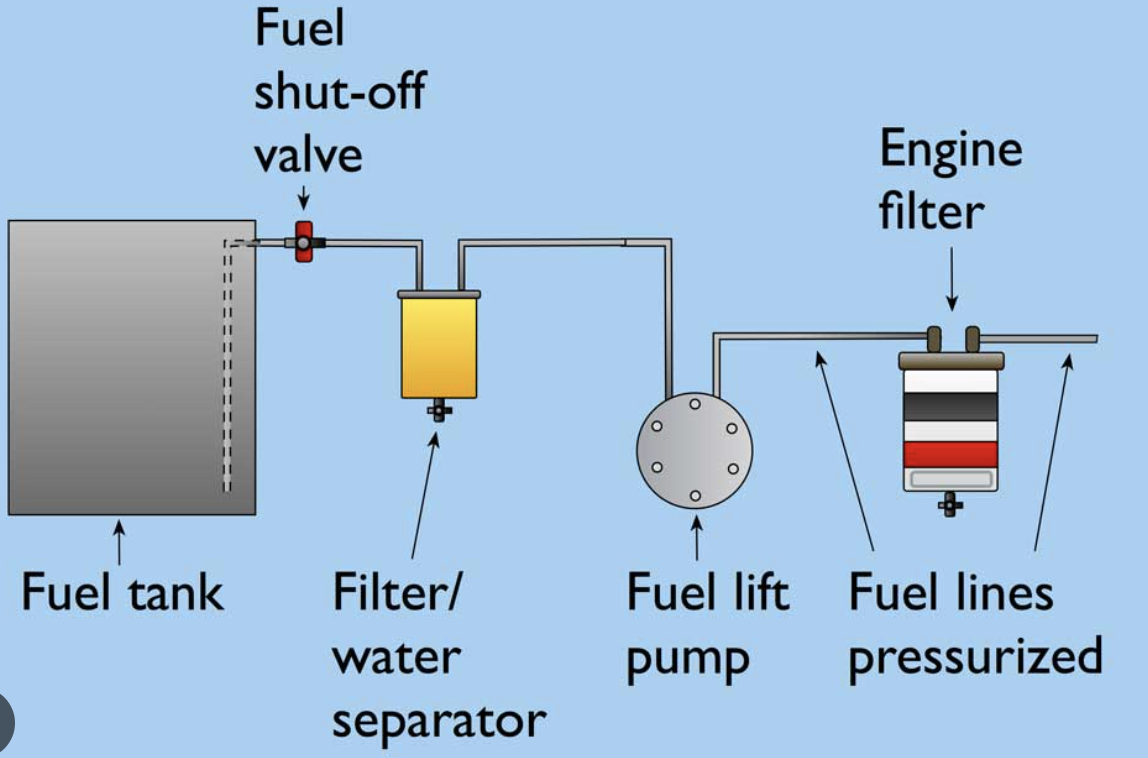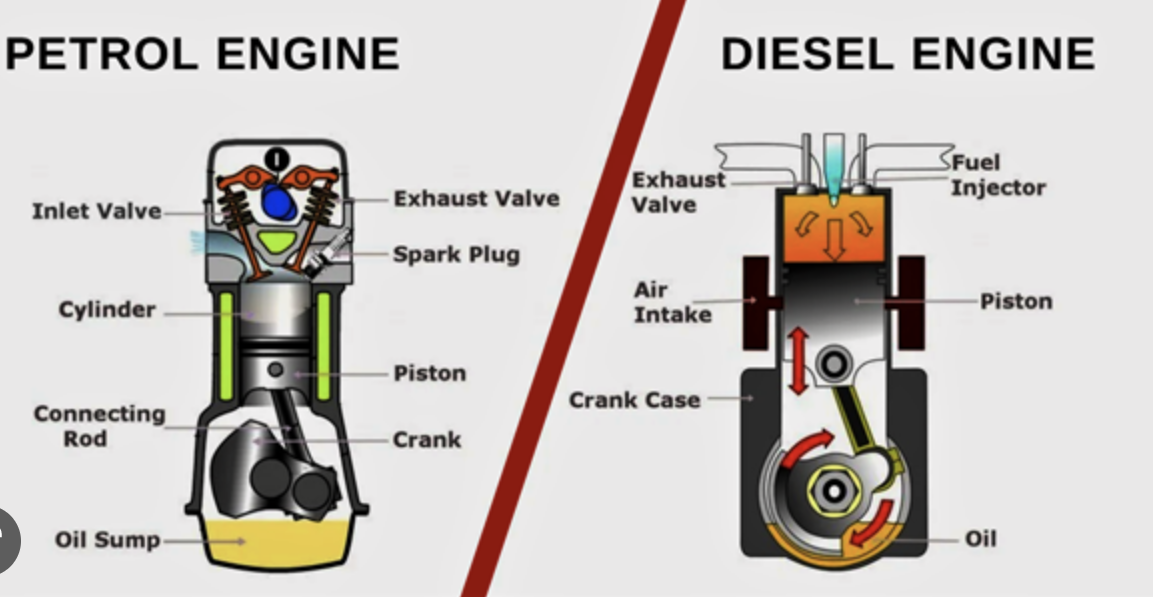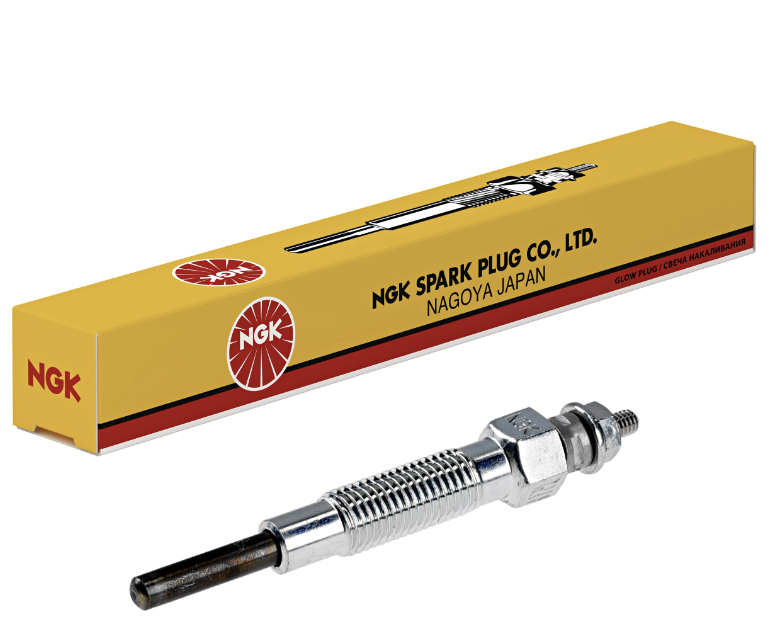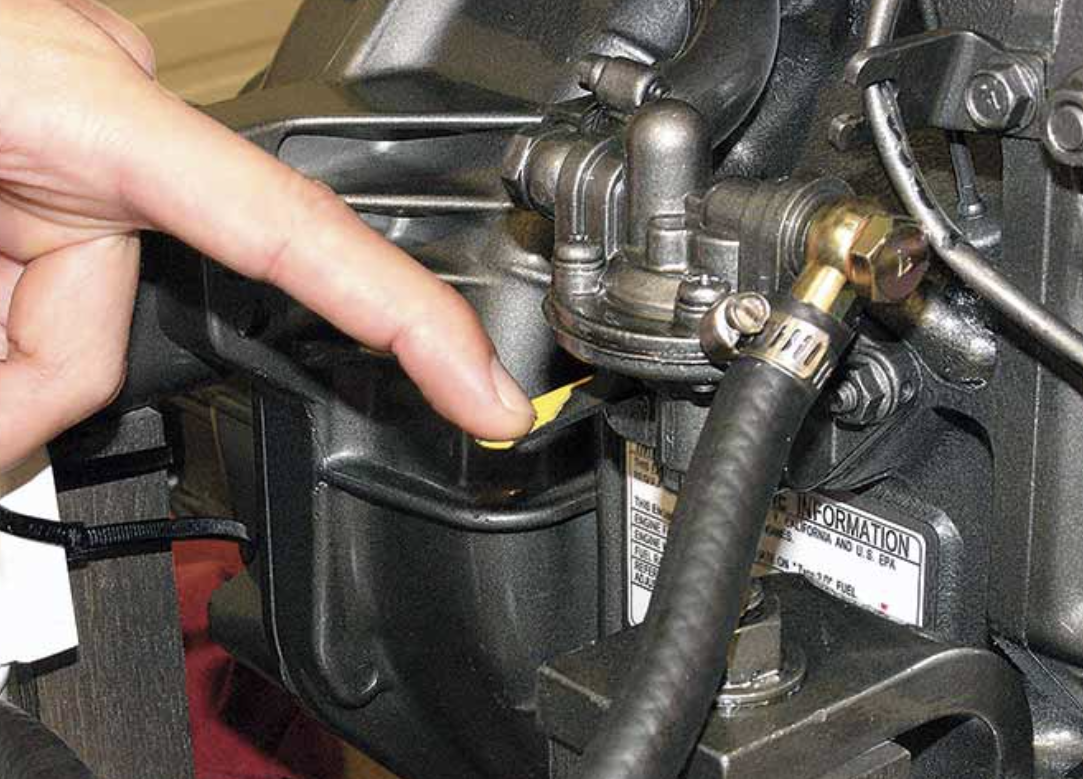Ask Andrew: Diesel Fuel Maintenance

Since the late 19th century, a debate has raged on the relative merits of diesel fuel over gasoline. In more recent decades, that argument has included boat manufacturers, and increasingly, individual boaters. As I pass through boat yards in the spring or fall, I’m sure to hear a comment or two (sometimes ruefully, other times with great joy) of the merit of a particular engine or fuel source.
Increasingly, diesel engines are praised for their long-life, ease of maintenance, compact design, reliability and safety, and rate of combustion. As well as cruisers and trawlers, many sailboat manufacturers in particular have chosen to install diesel engines. Volvo, Westerbeke, and Universal diesel engines are highly popular in North America.
At their core, the combustion cycle of a diesel engine is very similar to gasoline. The main difference is the way in which the fuel is burned. In a gasoline engine, a spark plug creates a spark, which ignites the fuel at the right time in the engine sequence.

Diesel fuel doesn’t burn the same way: it relies on compression – the fuel is injected into the cylinders at the moment that air in the cylinders has been compressed, causing it to heat up and ignite the injected fuel. The fuel itself is quite different to gasoline, and boat owners should be aware that the maintenance of diesel fuel and associated parts are specific to diesel engines.
Many parts of the engine have to act in concert to allow this process to happen, and there are a number of maintenance items that a boat owner can take to aid in function and long-life of a diesel system.
Here’s How It All Works
Diesel fuel is stored in a fuel tank, onboard. A fuel transfer pump draws fuel from the tank to a primary fuel filter. This filter will separate any water in the fuel, and will capture any debris. Water removal is an important factor in the operation and longevity of the engine: water can corrode injectors, and can also create an environment where microbes flourish in the fuel itself.

The fuel transfer pump (which may be mechanical or electric) then pushes the fuel through one or more secondary fuel filters, to an injection pump. As a part of the fuel lines allowing the fuel to move, a fuel bleeding system allows a constant fuel flow to be free of any air.
A second pump, called a fuel injection pump, pushes the fuel (under high pressure) from a manifold, through each fuel line to each cylinder’s injector. The injector’s tip has very fine holes in it, which injects the fuel as a fine mist into the cylinder.
The fuel delivery system will use two different types of fuel lines: one type for the low pressure (for the fuel running from the tank, through the filters to the injection pump), and a second type for high pressure (for the fuel running through the lines to each injector).

Because the fuel running to the injectors is under such high pressure, caution needs to be taken when working on/around a diesel engine. Any part of the body exposed to a leak in a high-pressure fuel line can cause high-pressure injection injury – where the pressure of the fuel is so high that it will break the skin and severely damage tissue.
Proper maintenance is the key to long-life and smooth operation in a diesel system.
Here are a Few Items to Watch for and to Include in your Maintenance Schedule
Glow plugs – glow plugs are small electrical devices the sit next to each cylinder and aid in the warming of the cylinder and air in the engine, prior to fuel being delivered. By pre-heating the cylinder, it makes starting much easier, especially on cold days. Glow plugs are arranged in a simple electrical circuit and should be tested to confirm their functionality, periodically.

Bleeding – Any air in the fuel lines needs to be ‘bled’ from the system, or the engine will be difficult to start and/or cause runability issues. Air gets into the lines in a variety of ways:
- Running out of fuel
- A loose fuel line, sucking in outside air
- An improperly seated fuel filter or gasket
The bleeding process for an given engine is spelled out in the engines service manual, but it essentially involves a few steps: Addressing the cause of the air entry, loosening the bleed screw on the fuel line manifold and then engaging the fuel transfer pump to push fuel to the manifold.

As the fuel arrives at the bleed screw, some will leak out, along with air bubbles. Continue bleeding the air bubbles until only fresh fuel escapes. Tighten the bleed screw.
Fuel filters – fuel filters remove both water and debris, both of which can cause major problems. Fuel filters should be replaced, per engine manufacturer’s directions, and any water separating fuel filters should be drained of water regularly
Fuel Polishing – diesel fuel doesn’t break down the same way that gasoline does, and tends to be more optimal for long-term storage. However, diesel is susceptible to microorganism/bacterial growth within the fuel – and water/debris are major obstacles to proper engine function.
Fuel polishing is the process by which diesel fuel is cleaned of microorganisms, water and micro-debris. There are a number of systems available on the market as add-on kits to an engine, and fuel polishing is also a service offered by a number of marine repair facilities.
Winterizing – If fuel polishing isn’t desirable, adding a biocide to the fuel tank is an essential part of winterizing. There are a number of different products and brands available, and they are designed to chemically inhibit microorganism growth in the fuel.
